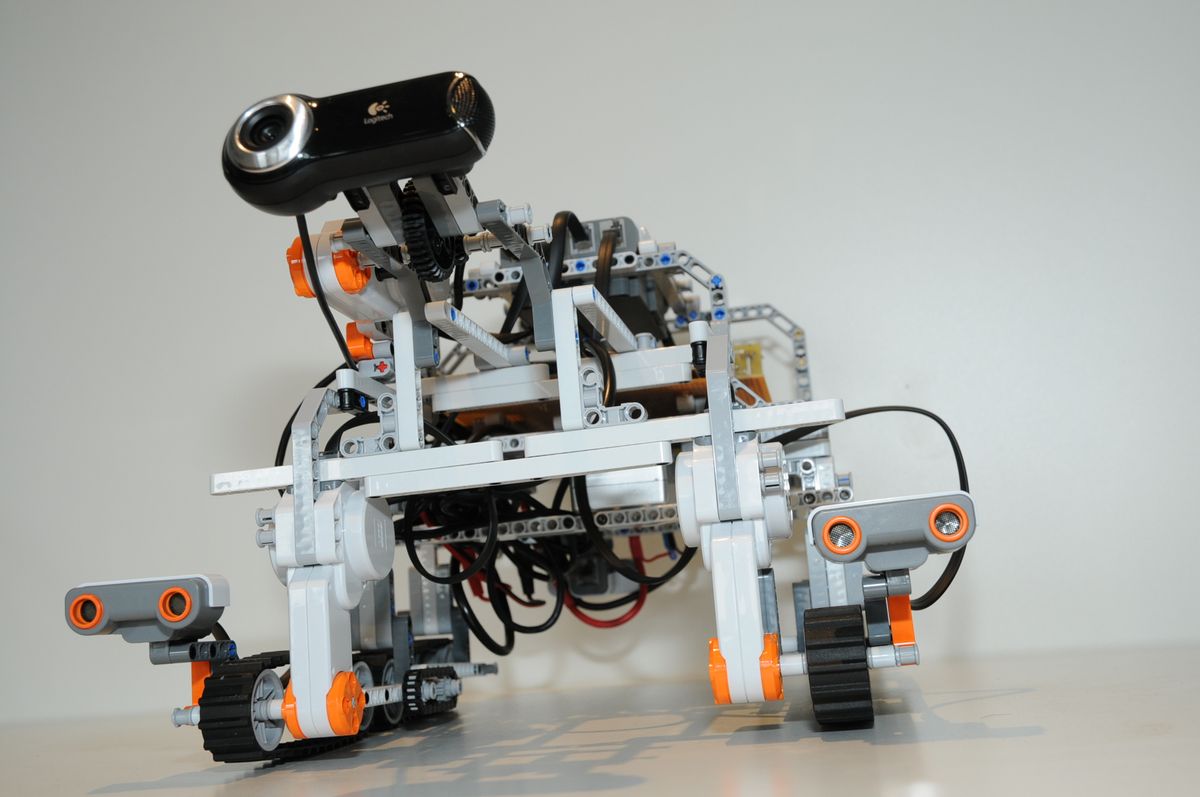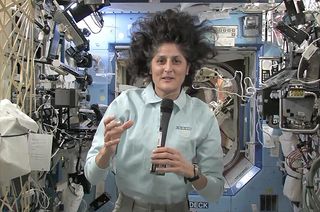Space Station Astronaut Drives Robot on Earth via 'Interplanetary Internet'

NASA and the European Space Agency have tested out a prototype system that may one day help enable Internet-like communications between Earth and robots on another planet.
Astronaut Sunita Williams, commander of the International Space Station's current Expedition 33 mission, used NASA's experimental Disruption Tolerant Networking (DTN) protocol to drive a small LEGO robot at the European Space Operations Center in Germany late last month.
The European-led experiment simulated a scenario in which an astronaut orbiting another world controls a robotic rover on the planet's surface, NASA officials said.
"The demonstration showed the feasibility of using a new communications infrastructure to send commands to a surface robot from an orbiting spacecraft and receive images and data back from the robot," Badri Younes, deputy associate administrator for space communications and navigation at NASA Headquarters in Washington, said in a statement.
"The experimental DTN we've tested from the space station may one day be used by humans on a spacecraft in orbit around Mars to operate robots on the surface, or from Earth using orbiting satellites as relay stations," Younes added.

NASA's DTN architecture is a new technology designed to enable standardized communications over long distances and through time delays, agency officials said. At its core is something called the Bundle Protocol (BP), which is similar to the Internet Protocol, or IP, that serves as the heart of the Internet here on Earth.
The big difference between the two is that IP assumes a seamless end-to-end data path, while BP is built to account for errors and disconnections — glitches that commonly plague deep-space communications.
Sign up for the Live Science daily newsletter now
Get the world’s most fascinating discoveries delivered straight to your inbox.
Data move through the BP network in a series of short hops, waiting at one node until the next link becomes available, NASA officials said.
The space station's current Expedition 33 consists of six crewmembers: NASA astronauts Williams and Kevin Ford, Japanese spaceflyer Akihiko Hoshide and Russian cosmonauts Yuri Malenchenko, Evgeny Tarelkin and Oleg Novitskiy.
This story was provided by SPACE.com, a sister site to LiveScience. Follow SPACE.com on Twitter @Spacedotcom. We're also on Facebook & Google+.












